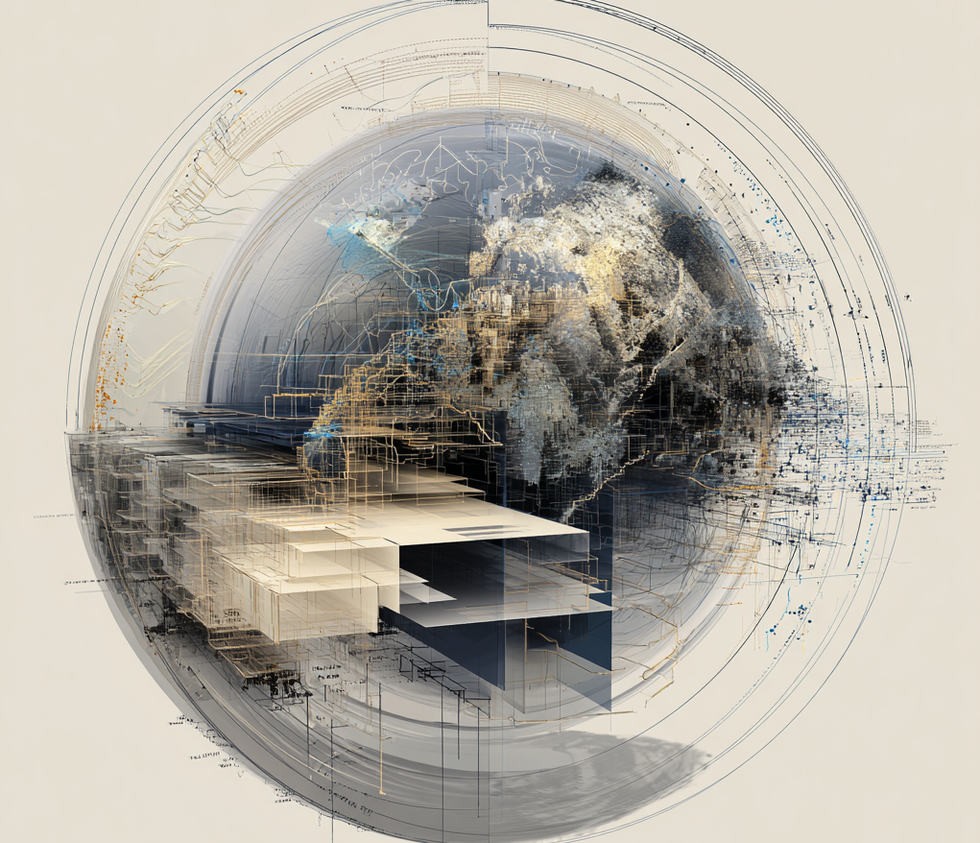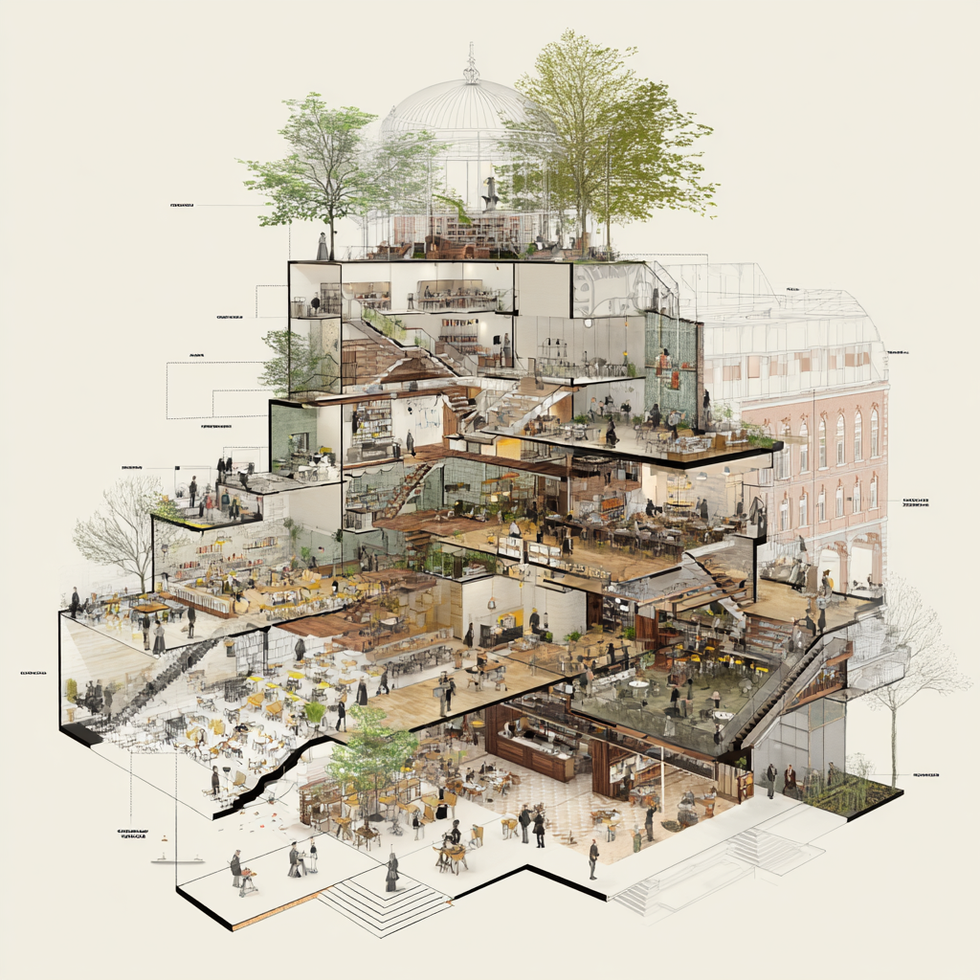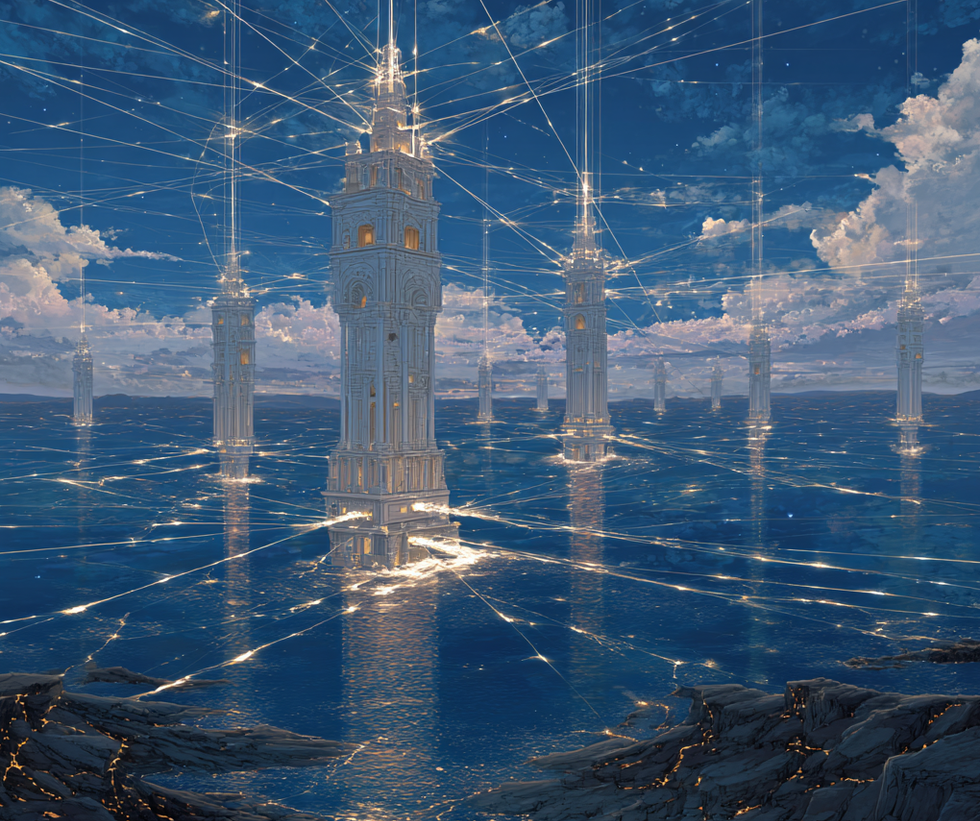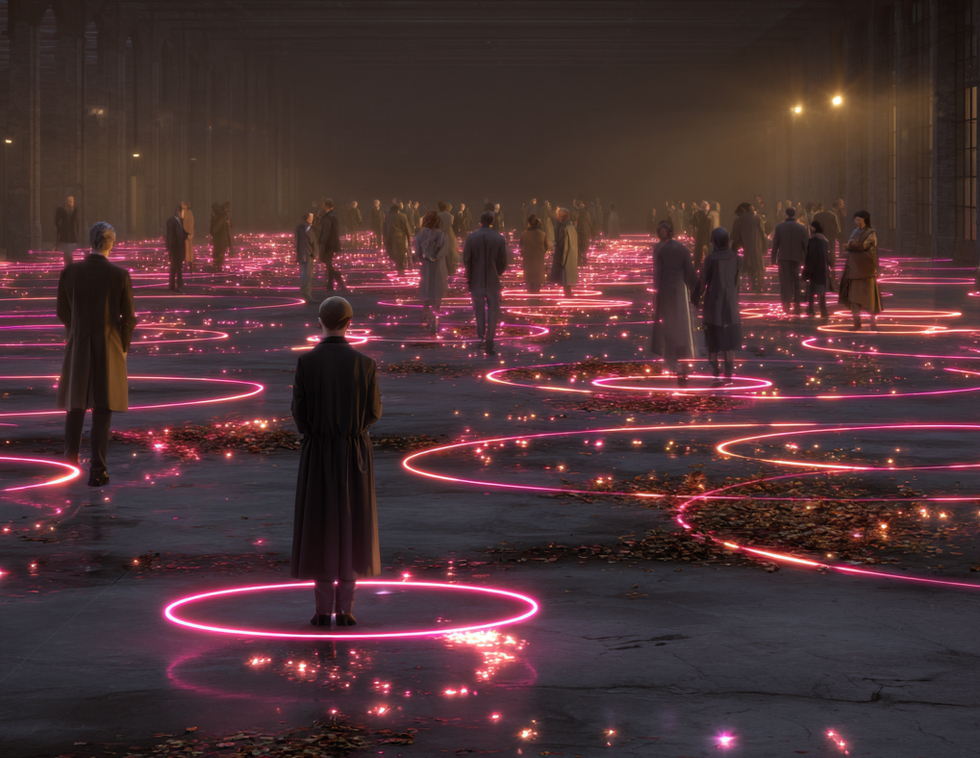What is sonic storytelling? When I was little, I heard stories so rich and engaging that I forgot I was huddled around a dwindling campfire in the middle of nowhere. Storytellers conjured powerful experiences out of thin air using nothing but words and voice — lasting experiences that I still remember. Unsurprisingly, many great immersive experiences harness the power of story.

I have met many talented storytellers in this industry. Some of them use words. Others evoke the power of storytelling without words: visual artists, composers, choreographers, architects — the list goes on. Each of these disciplines offers unique storytelling potential. When collectively and creatively applied to present a cohesive story, they create powerful guest experiences.
As a sound artist, my work involves soundscapes, audio environments, and sound effects (which I will collectively refer to as "sounds" from here on out).
The power of sonic storytelling
The storytelling potential of sounds within immersive experiences is significant but sometimes overlooked. Some view sounds as a supportive element for other things. Some regard sounds as sonic accents to use sparingly. These are valid applications, but in exclusion, they can miss opportunities for storytelling and richer experiences.
It is worthwhile to consider: What is the unique storytelling potential of sounds?
Engaging imagination
Alistair Cooke once said, "I prefer radio to TV because the pictures are better."
Early radio drama producers recognized how effectively sounds could help convey the story. Instead of lengthy durations of spoken exposition, the right sound could effectively show the listener precisely what was happening in their mind's eye, doing so in an evocative way that stimulated the listener's imagination.
In his article Sound Effects for The Vintage Radio Place, Dan Haefele quotes legendary sound effect artist Ray Kemper: "We were telling a story and painting a picture, sound effects was what painted the picture. The voices and the actors held the drama. That, in concert with the sound effects, painted the portrait."

We find opportunities for painting these mental pictures with guests of immersive experiences. As a kid, I remember riding through the door-knocking scene in theHaunted Mansionat Disneyland. The sounds I heard helped me to vividly imagine what was on the other side of each door. So, these mental pictures are a valuable tool for audience engagement.
We invite the audience to participate when we creatively provide sonic storytelling cues and withhold visual information. We encourage them to use their imagination, engaging them in the experience. The audience also contributes to the story, partnering with the storytellers to build experiences with lasting power.
Perhaps the most memorable (and terrifying) example of this kind of sonic engagement came from theAlien Encounterattraction that used to run at the Magic Kingdom. Guests restrained in uncomfortable chairs watched a horrific alien teleport into their theater and break free from the teleportation tube. Then the lights went out.
What followed was extended periods of storytelling in the dark. Guests heard realistic, threatening events happening closer and closer until the alien was so close they could feel its breath on their necks. Arguably, the most potent show element in that attraction became the vivid imagery playing out in each guest's mind.
Impacting understanding
Sounds provide information that extends beyond what is visible. In themed environments, sonic storytelling can explain points that the guests can't see but need to know. Sounds inform guests about what is happening beyond the walls or within machines. Sounds tell guests about the creatures populating the forests. Plus, sounds give clues about what may be lurking in dark passageways or waiting around the corner.
Creatively applied sounds become an effective tool for articulating a story, adding detail, and therefore creating richer experiences.
Sounds can also fundamentally change our understanding of what is visible. Adding the sound of a squeaky wheel to a ride vehicle changes our impression of the vehicle. Adding a dissonant undertone to a space station soundscape tells us that something troubling may be afoot.
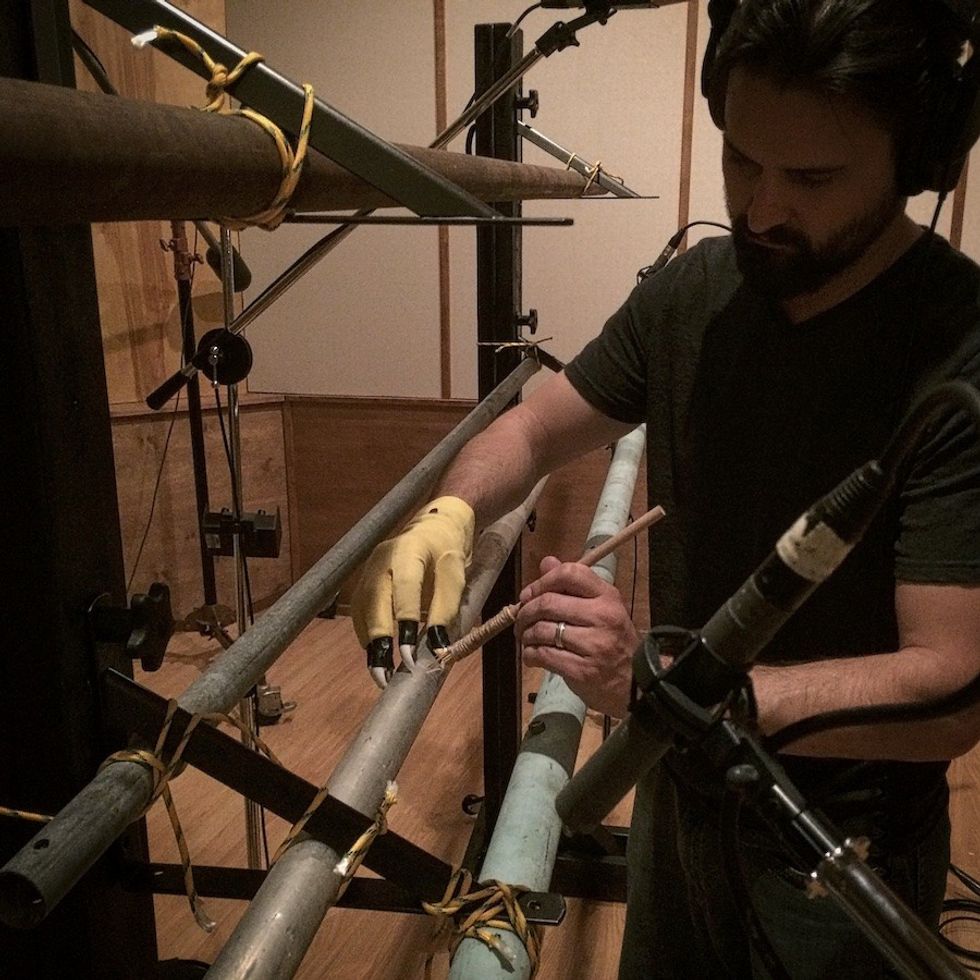
In theTower of Terrorqueue line, the sound of humming power brings an electrical panel prop to life. Adding the sound of dripping water within that same panel reminds the guests that they are visiting a "dangerous" place — right before they load onto the ride elevator. One tiny sound can completely change our perception of what we see.
Sound's ability to impact our understanding of the spaces around us provides effective storytelling opportunities. WithinAdventure Isleat the Shanghai Disneyland Park, music and sounds work together to articulate the themed environment and the culture of its fictional inhabitants. A comprehensive audio vernacular heightens the mysterious nature of the forest, provides clues about its mythical creatures, and highlights the activity and music of the people that live there.
Mysterious sounds from the mountain foreshadow story points from the attraction. Throughout the day, audio telegraphs key story moments throughout the land, with choreographed responses from the natural and village soundscapes.
Audio is dimensionally presented throughoutAdventure Isleboth realistically and authentically, scoring the guest's individual experience as they move through the land. In this way, an elaborate tapestry of sound helps guests unravel the story of the land and its people through exploration and discovery.
Delivering information
TheIndiana Jonesand the Temple of the Forbidden Eyeattraction provides some great examples of sonic storytelling.
Effective story setup within the queue as well as key moments of dialog on the ride communicate critical story points to the guests. Music effectively communicates the emotional arc of the experience. But the humble sounds of the jeep articulate every moment of the ride. Guests immediately understand what is happening to them when they hear the tires spin, darts hit the vehicle, or the engine strain or stall.
The jeep is an excellent example of sound's capacity to convey information. When high noise floor situations or tricky acoustic spaces present comprehension challenges for dialog and narration, well-designed sounds may provide an elegant solution.
When the highly compressed timeline of an attraction doesn't give enough time to communicate a particular story point through a spoken phrase, the right sound effect might instantly convey the same story point. And, when guests might become overwhelmed by a dense thrill ride experience, sounds can help focus their attention on the story.
In our daily lives, the sonic cues we receive shape our understanding of the world around us. Every day we encounter sounds that prompt emotional, instinctive, and even visceral reactions. By recognizing the impact of sounds on our lives, we can more authentically find ways to artfully apply that impact to the immersive experiences we build together.
Authentic sounds delivered through systems that keep those sounds feeling impactful and believable become a powerful tool for immersive storytelling.
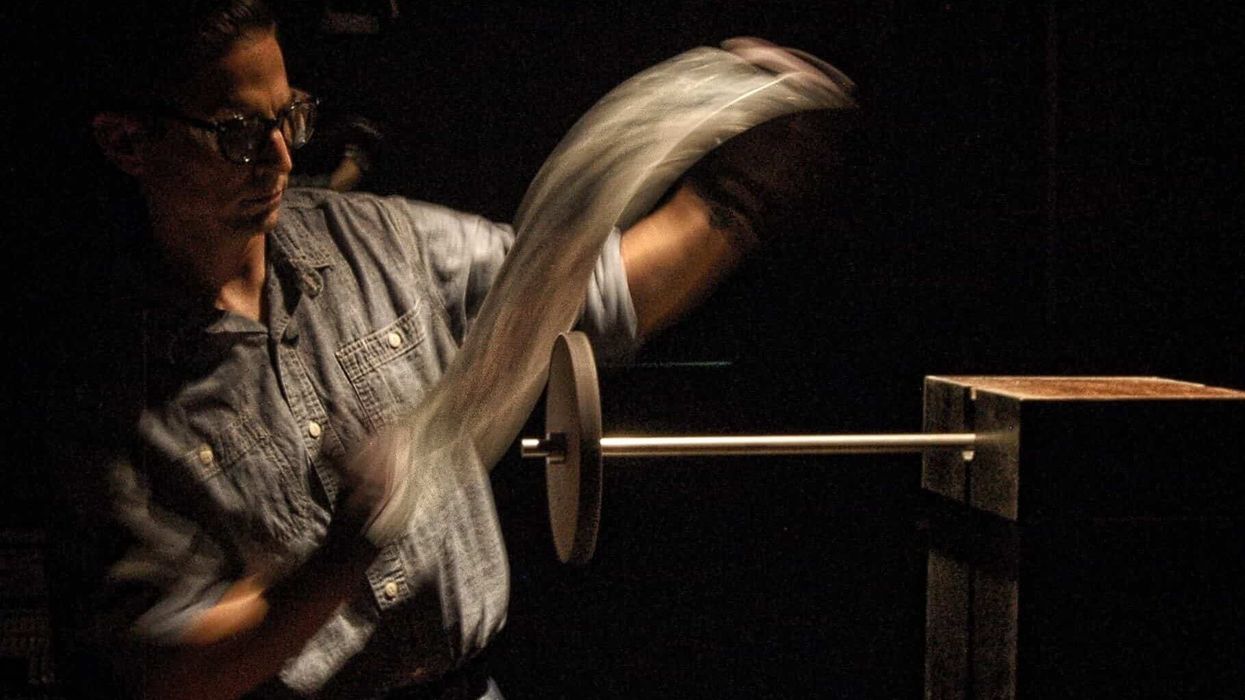


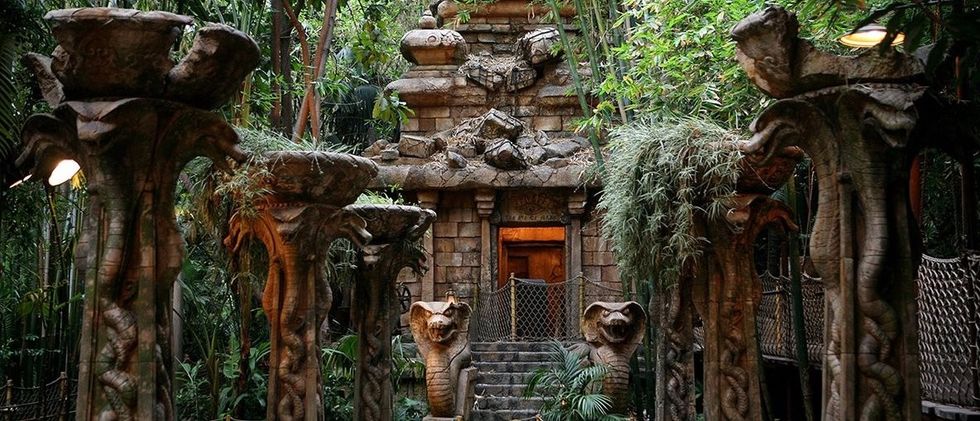
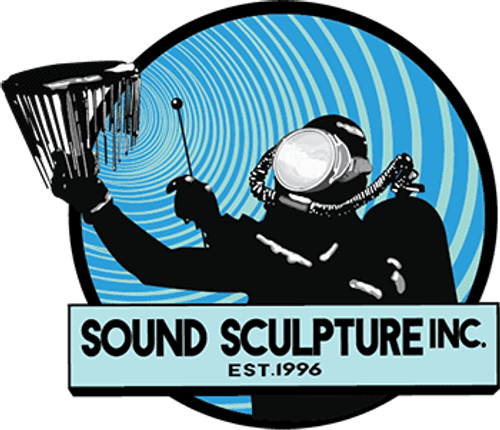
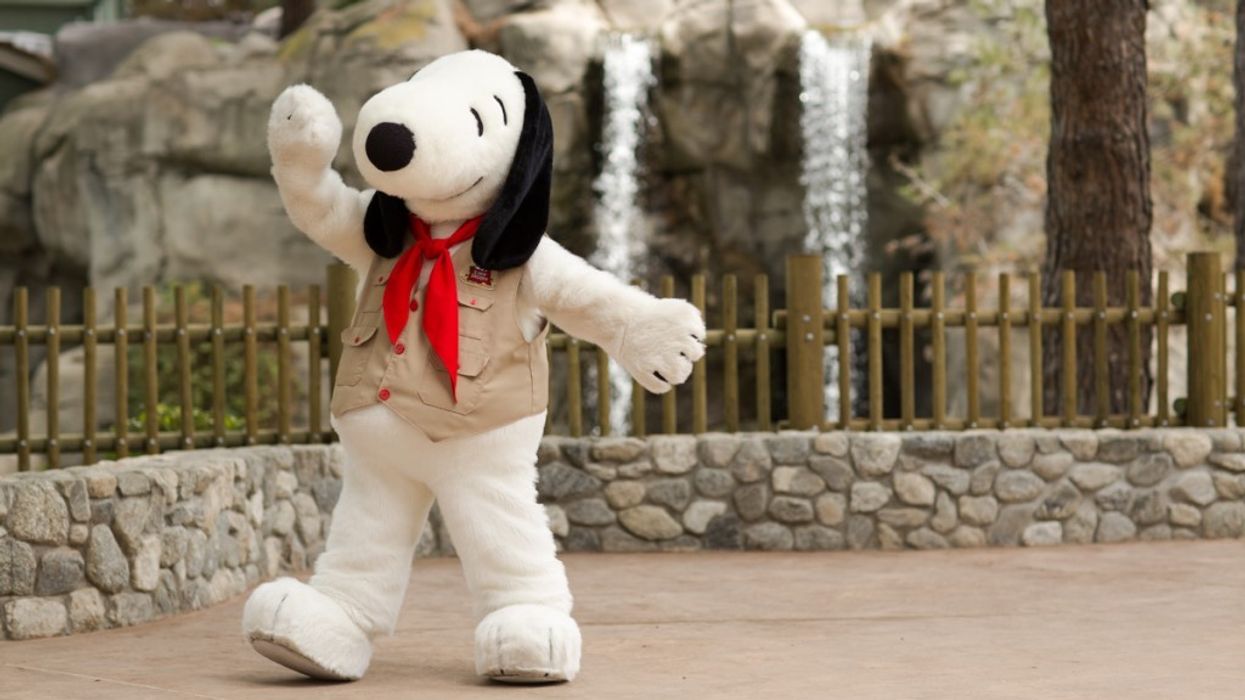
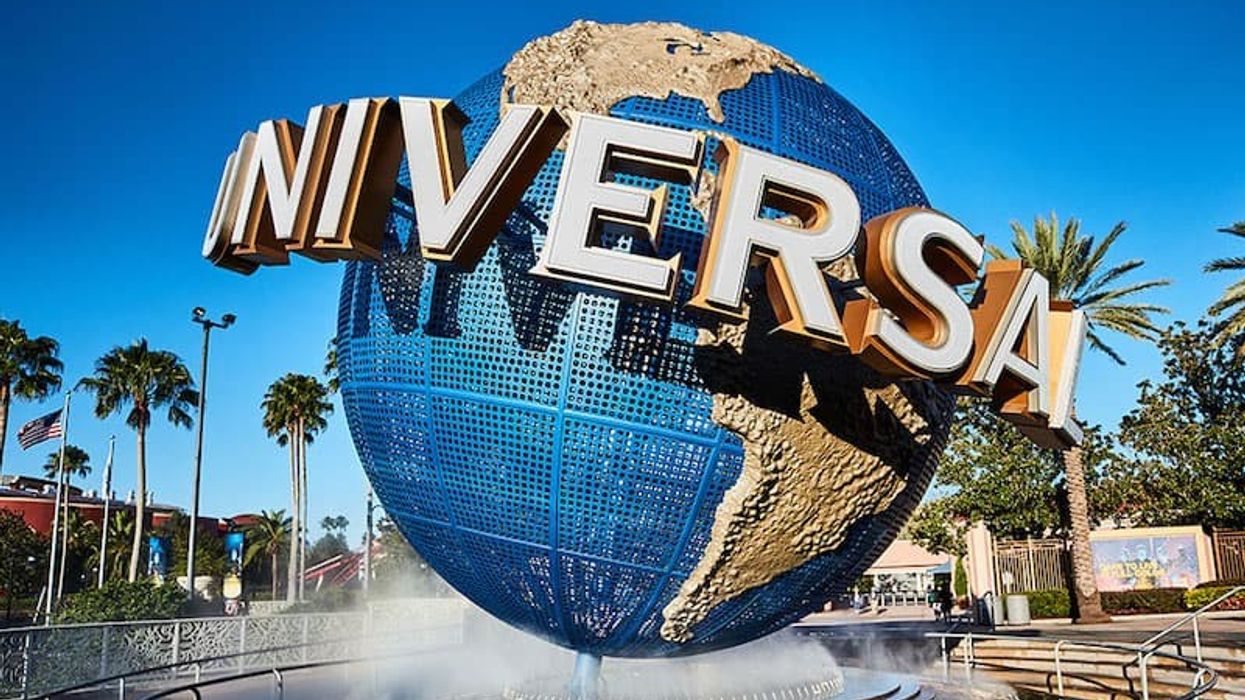

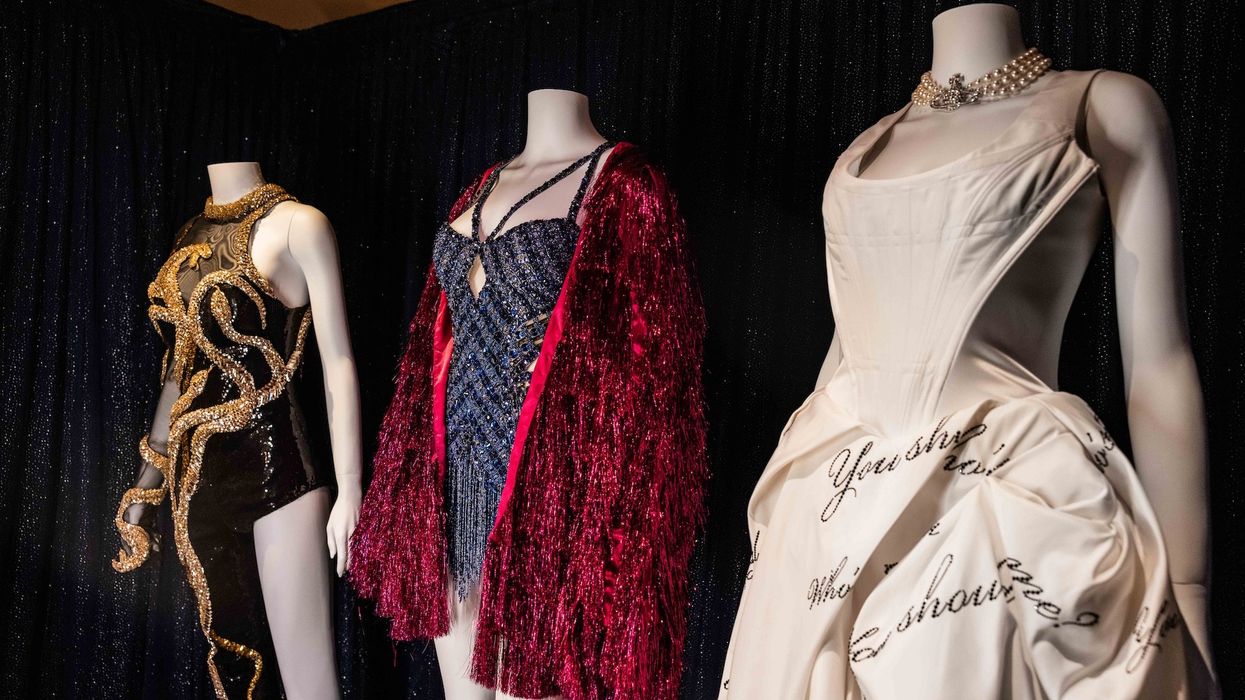
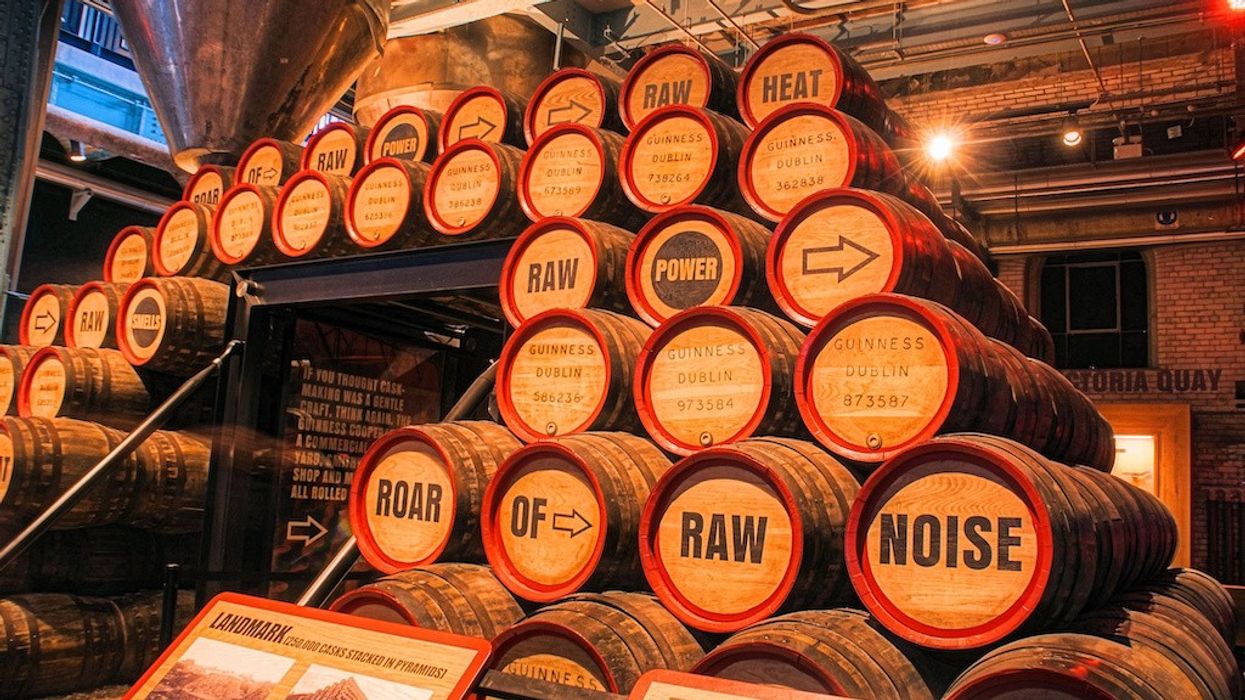
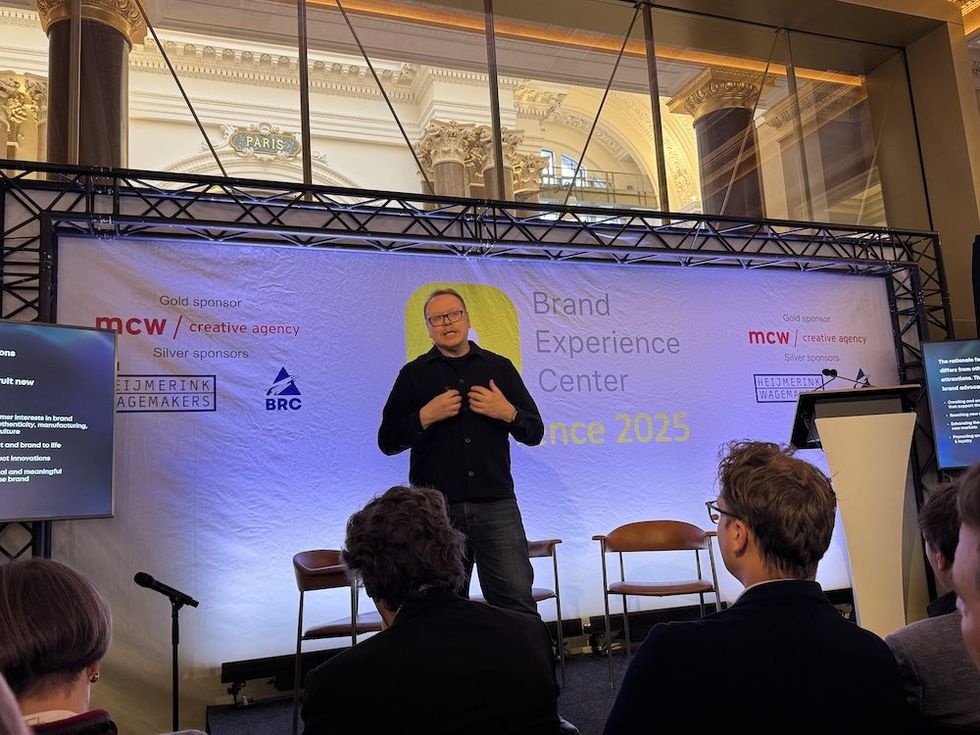 Christian Lachel, chief creative officer, BRC Imagination Arts
Christian Lachel, chief creative officer, BRC Imagination Arts  Image credit AA+W - stock.adobe.com
Image credit AA+W - stock.adobe.com Chocoversum Image credit Sebastian Fuchs
Chocoversum Image credit Sebastian Fuchs 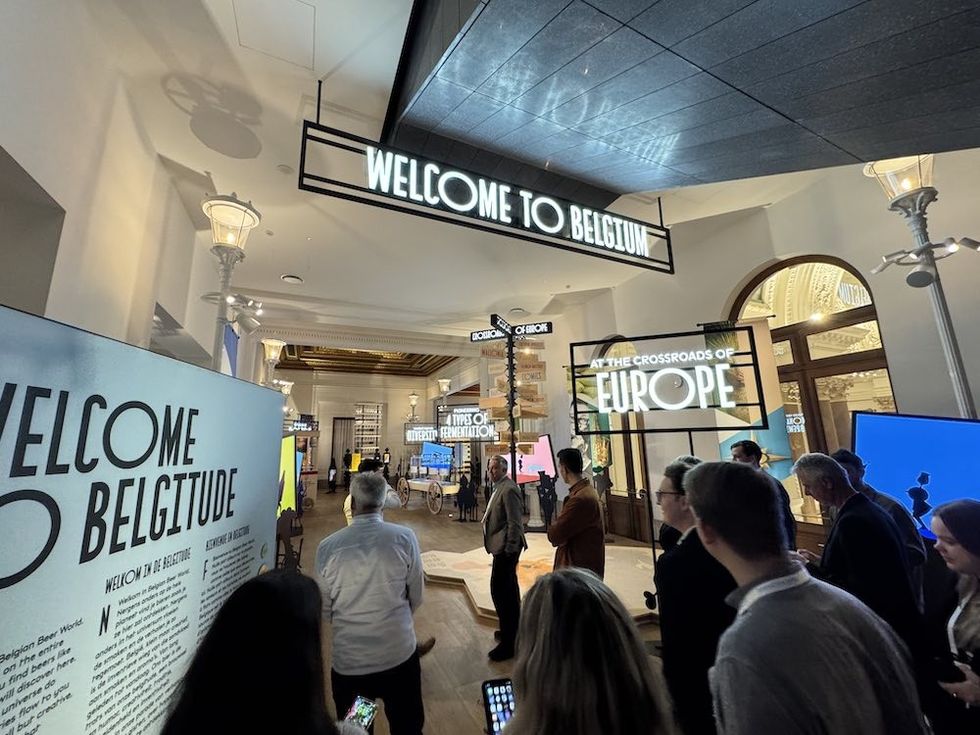 Belgian Beer World
Belgian Beer World 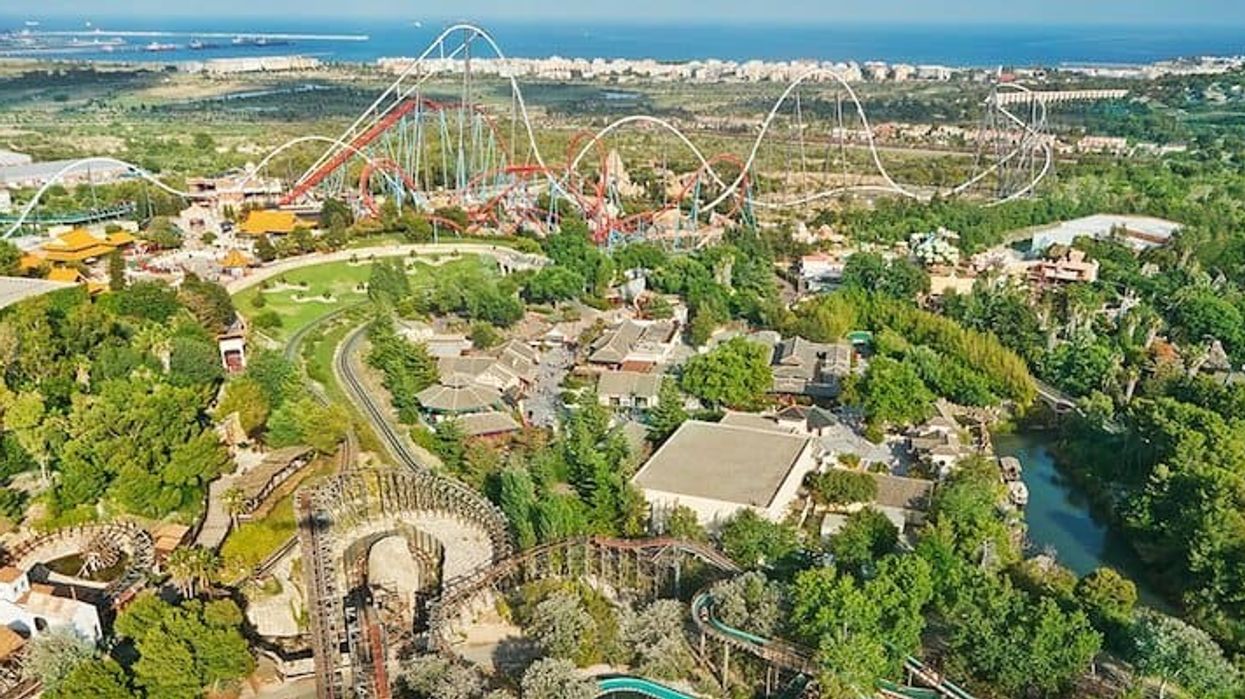

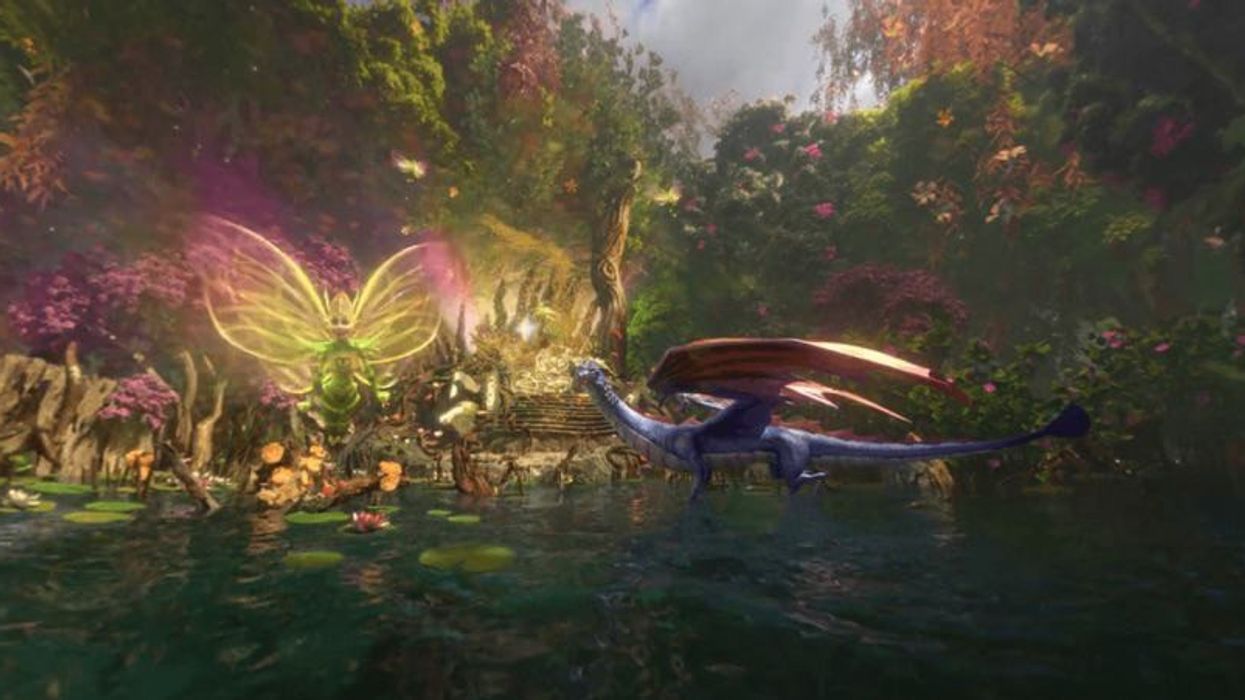
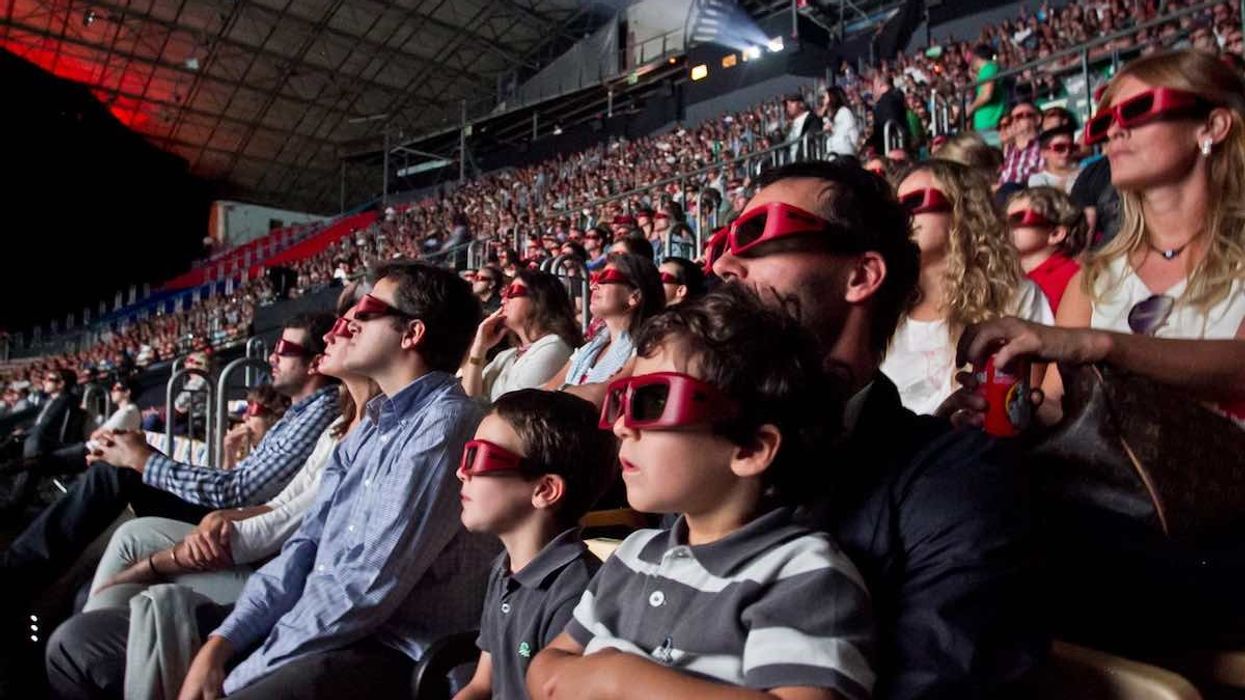
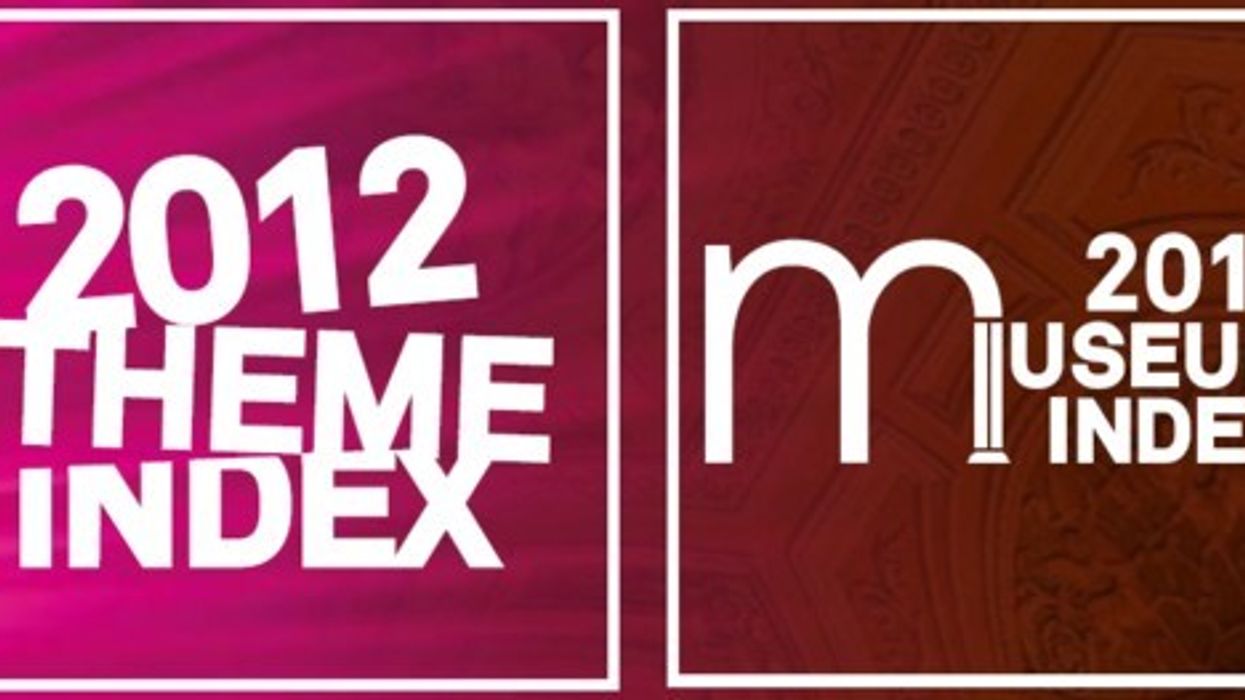
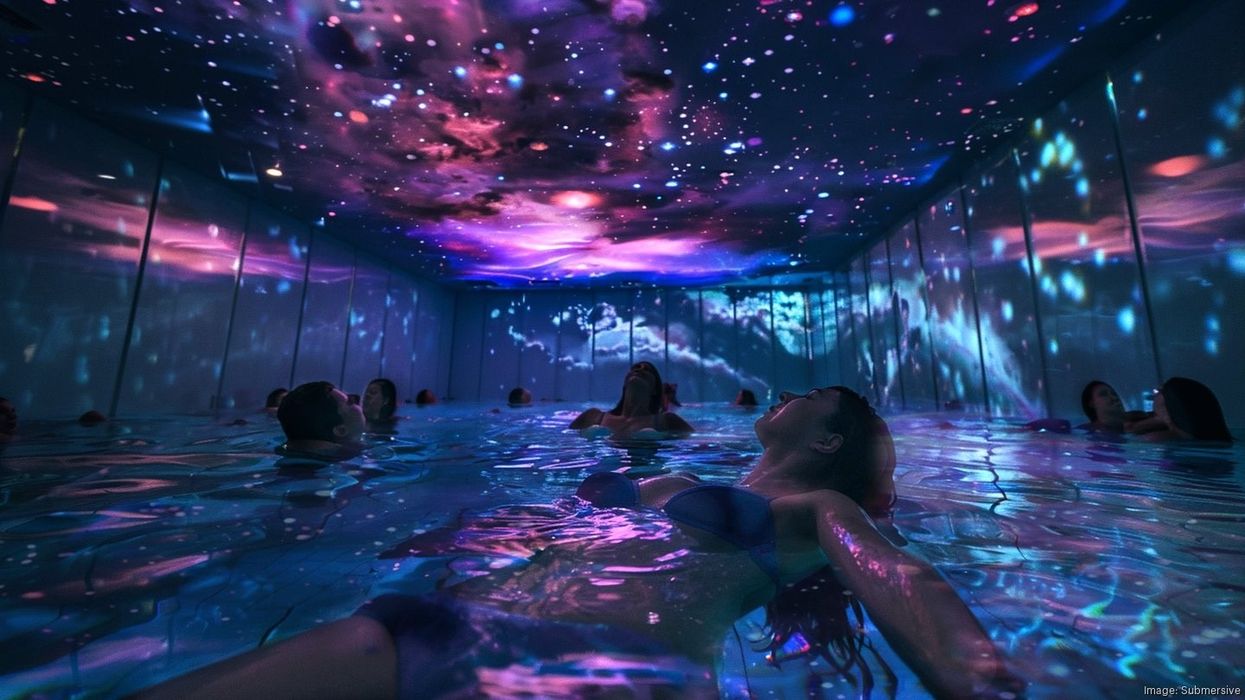

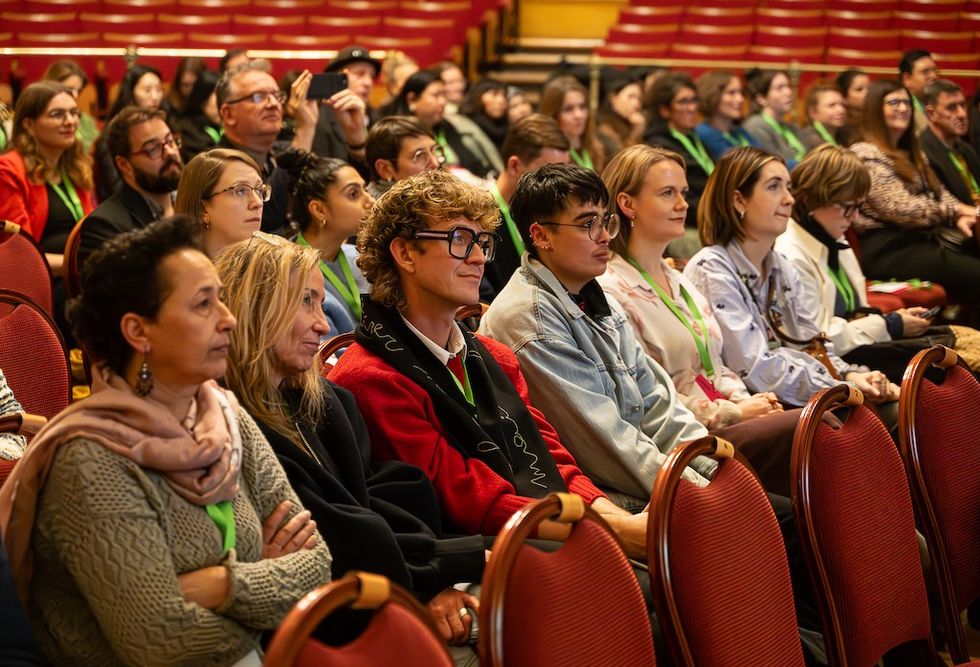
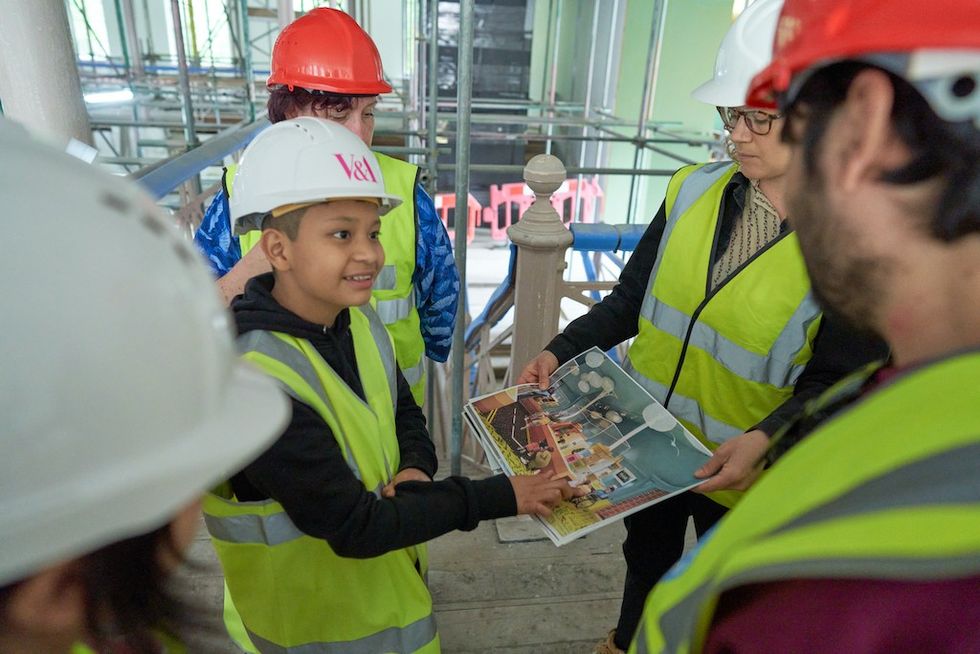 Young V&A Youth Collective members have a tour of the Young V&A construction site. Image courtesy of Young V&A.
Young V&A Youth Collective members have a tour of the Young V&A construction site. Image courtesy of Young V&A. 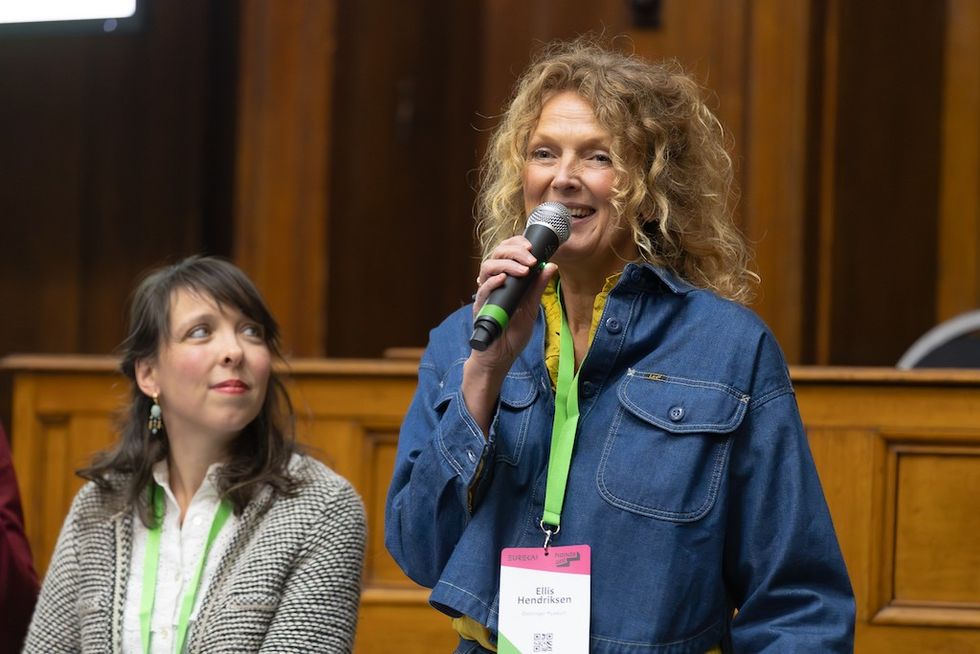 Floriane Perot and Ellis Hendriksen
Floriane Perot and Ellis Hendriksen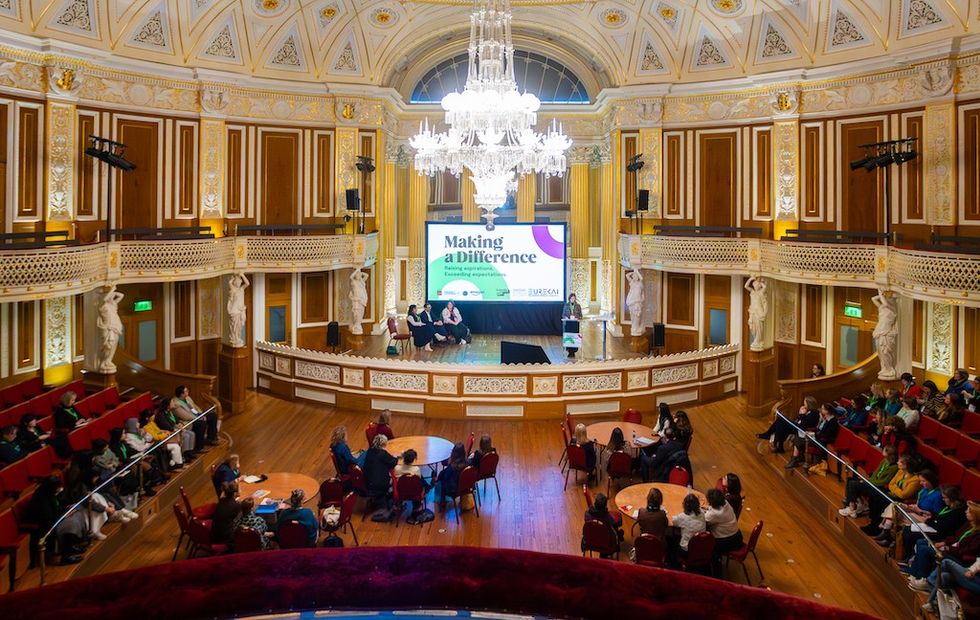
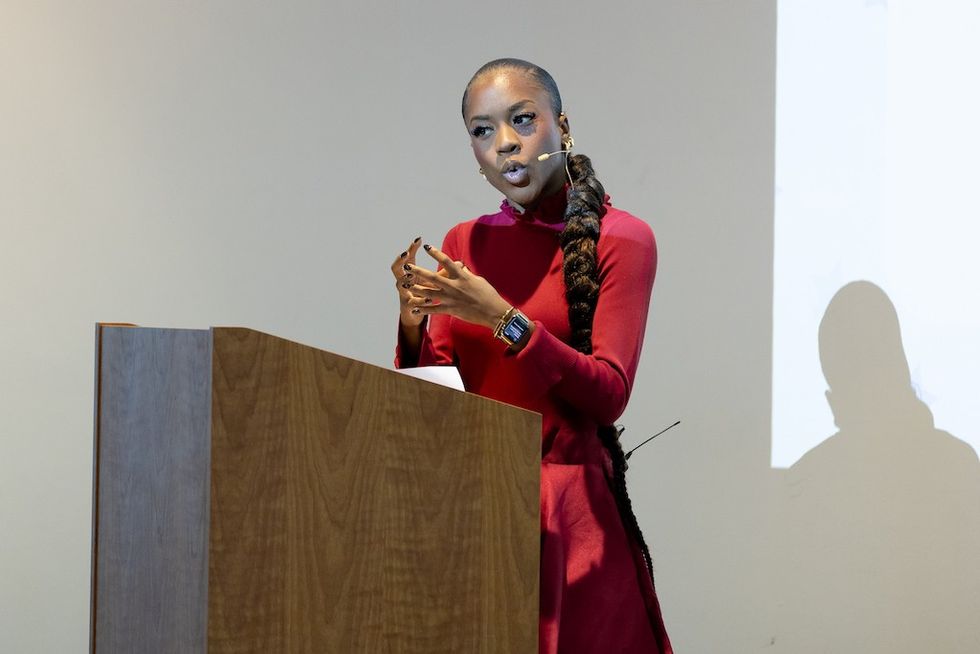 Amber Ogunsanya-William
Amber Ogunsanya-William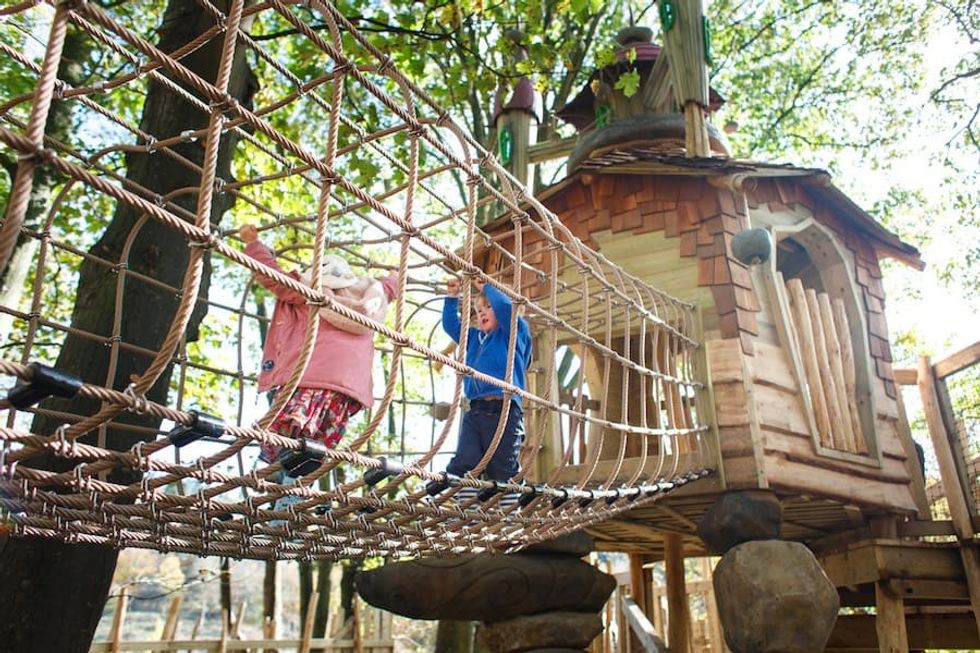 Tumblestone Hollow adventure playground by CAP.CO
Tumblestone Hollow adventure playground by CAP.CO  Ghaleya Al Mansoori
Ghaleya Al Mansoori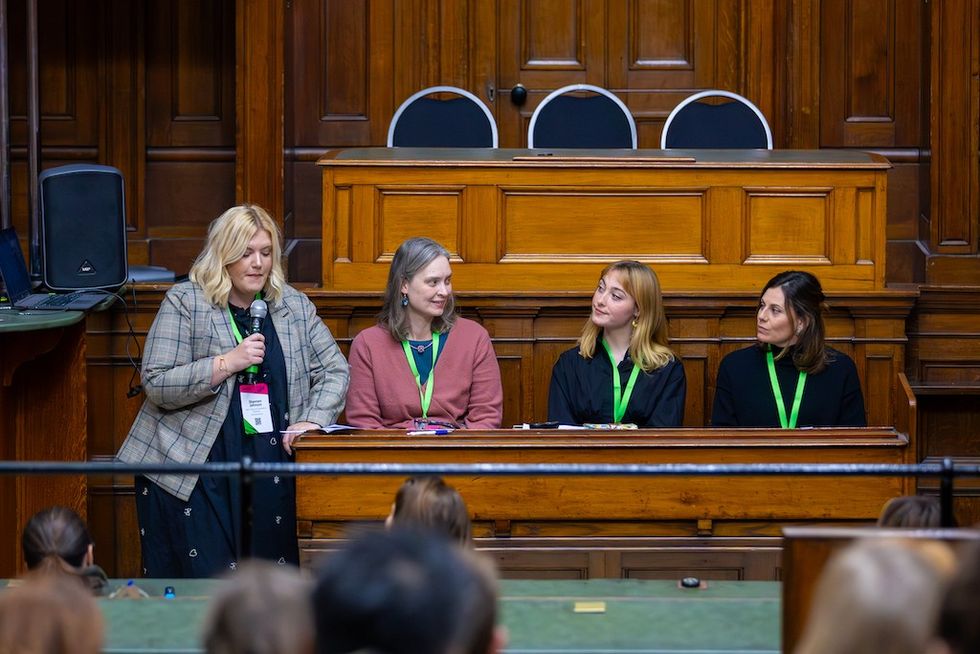
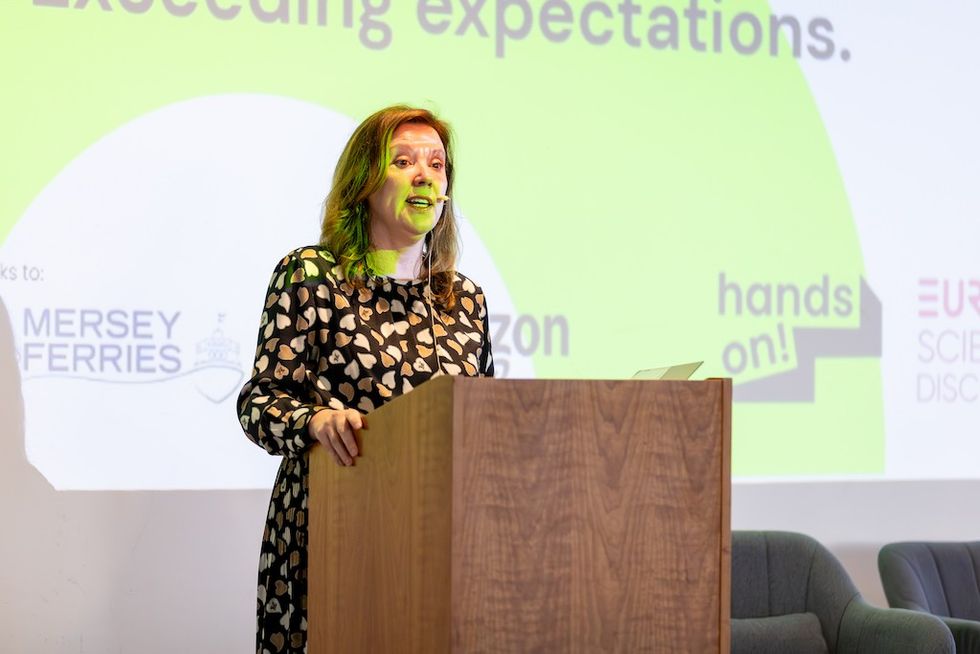 Dame Rachel de Souza
Dame Rachel de Souza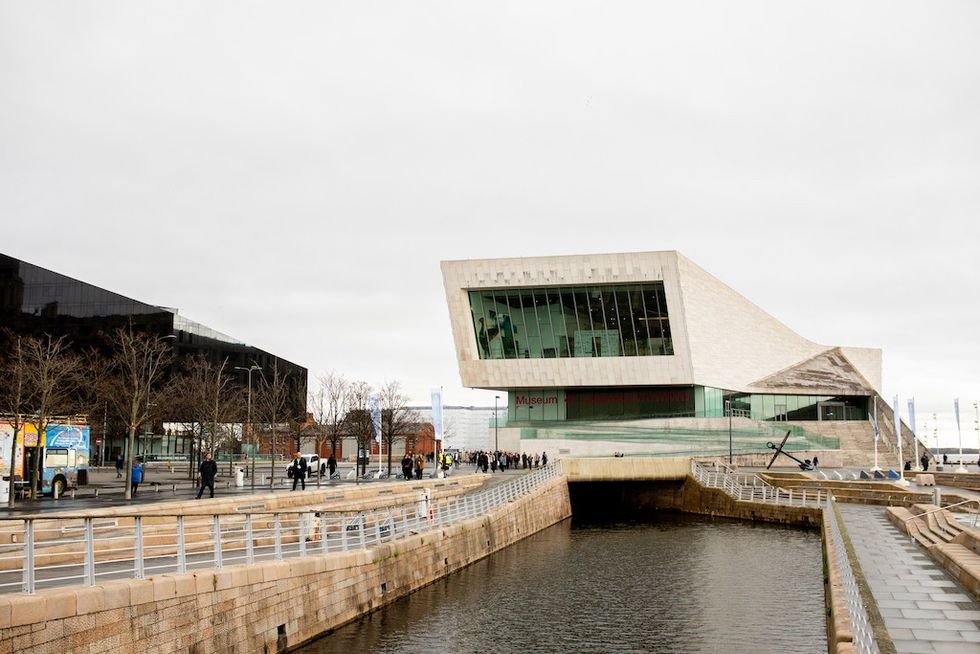 Liverpool Museum
Liverpool Museum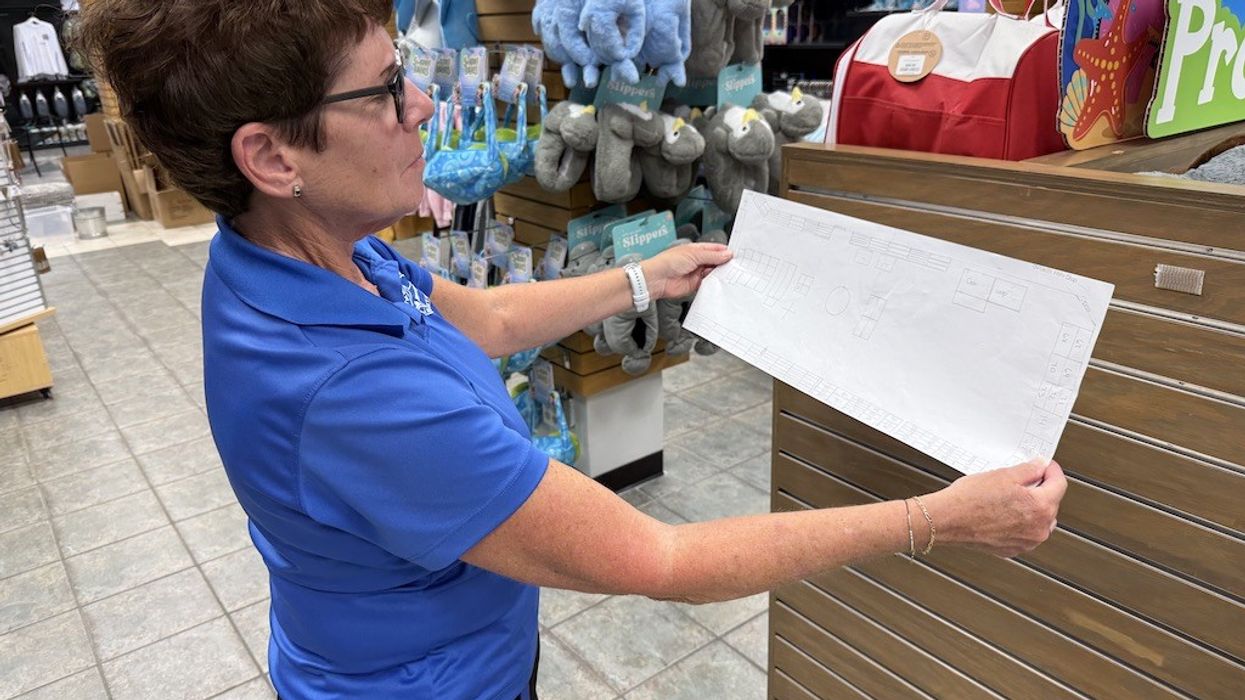
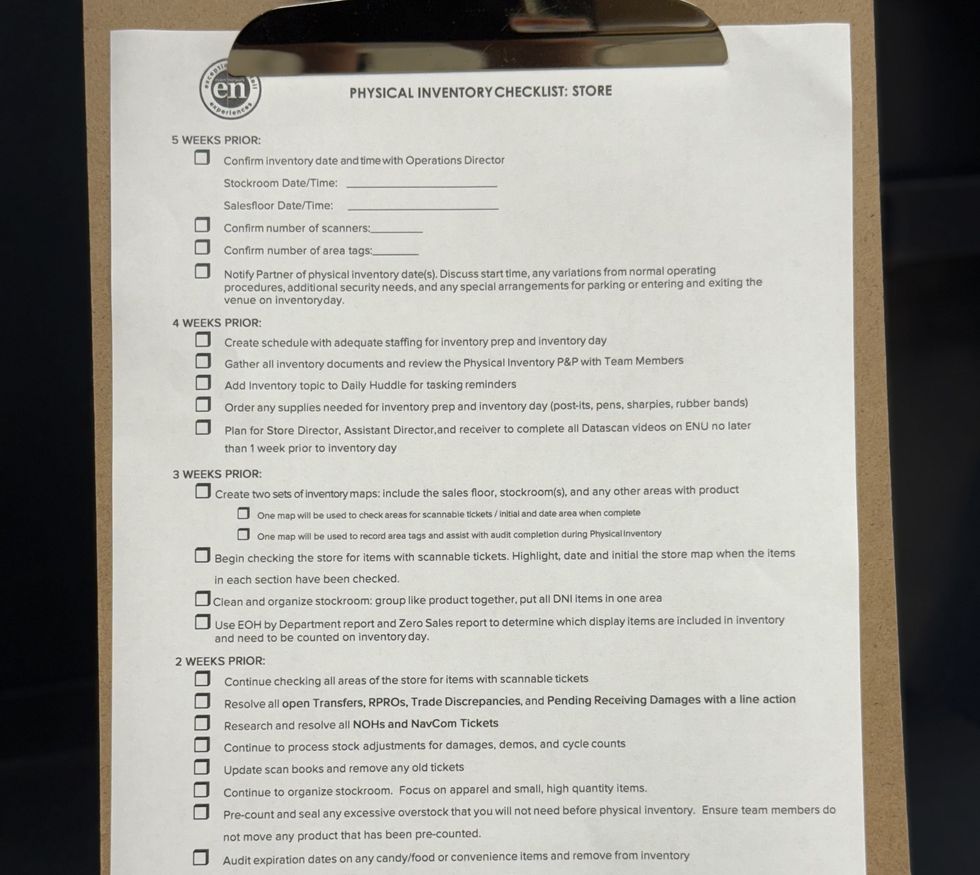
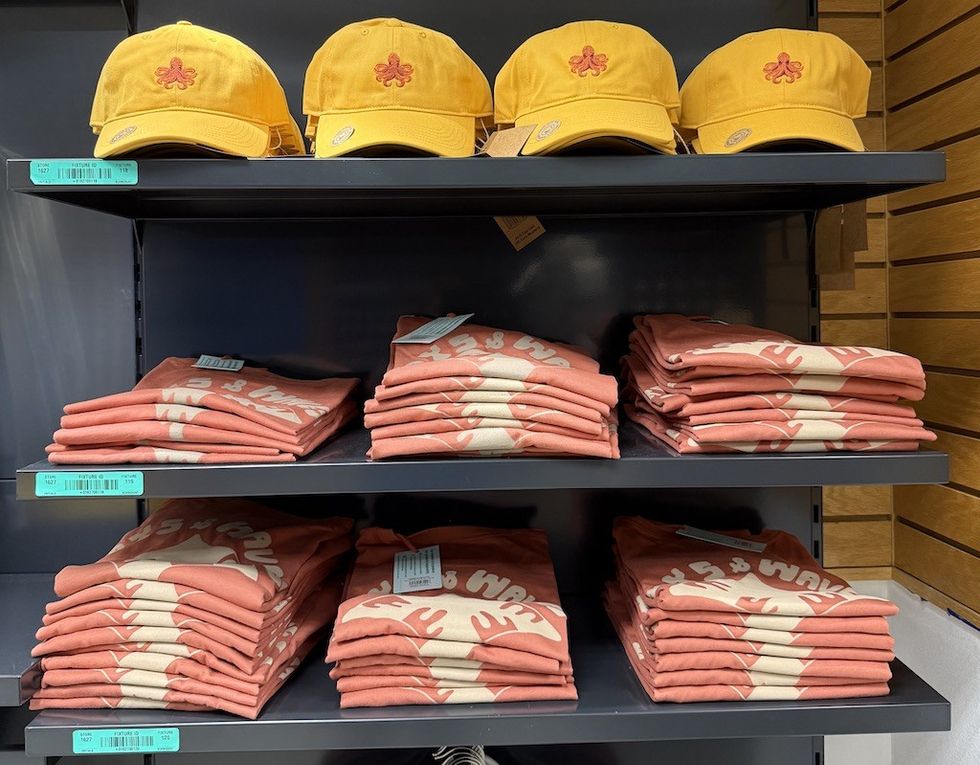
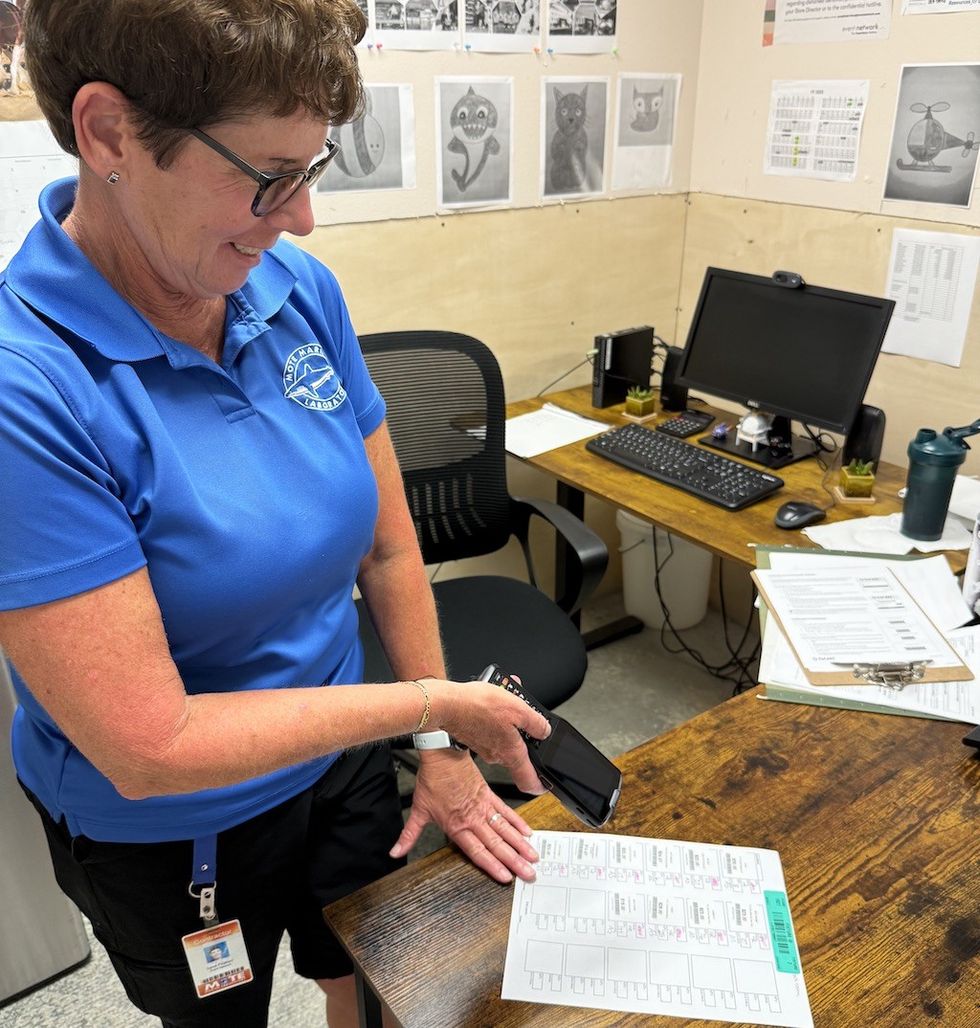


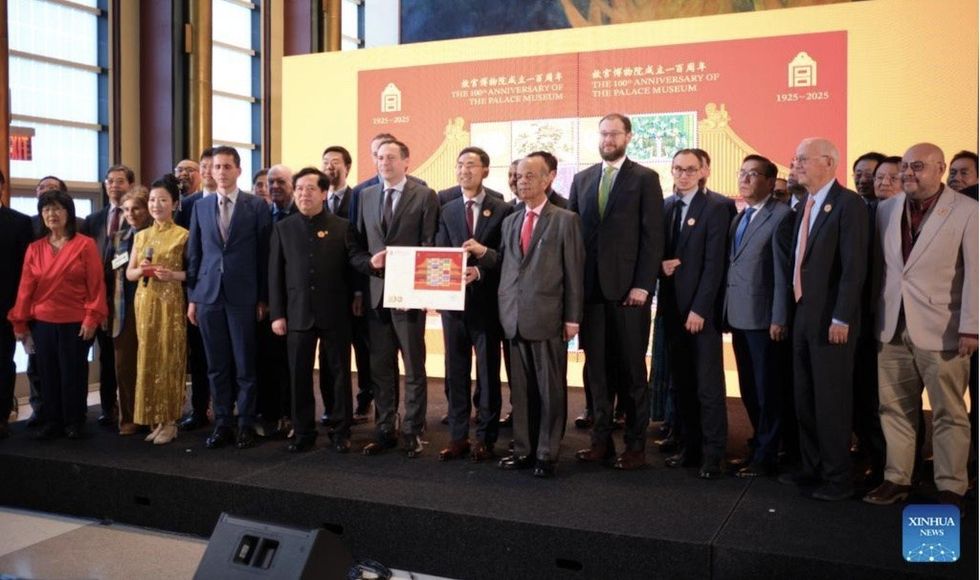 Guests display a commemorative UN stamp sheet marking the 100th anniversary of the Palace Museum at the UN headquarters in New York, May 2025 (Xinhua)
Guests display a commemorative UN stamp sheet marking the 100th anniversary of the Palace Museum at the UN headquarters in New York, May 2025 (Xinhua)
